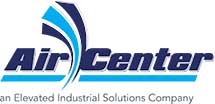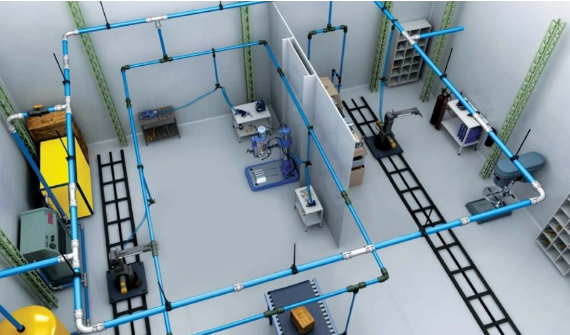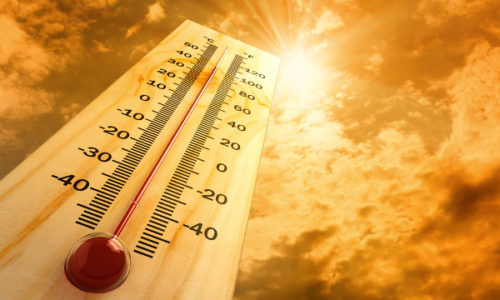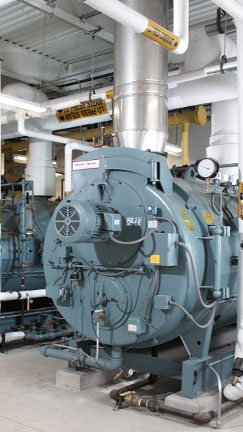
Extreme Temperatures
Keeping an air compressor installation inside will help prevent extreme temperatures. However, that is not always true, for example, if the only place for the compressor is next to the boiler room or next to a refrigerated area, then it’s best to move your air compressor outdoors.
Excessive heat can reduce the cooling efficiency of the aftercooler and creates excess condensate for any downstream air treatment components. It may reduce lubricant life, potentially causing equipment to overheat and shutdown.
Low temperatures can impede lubricant flow, causing cold starts. Cold starts can result in unnecessary wear and tear on the motor. Low temperatures can also promote excess moisture in control lines and other components. If the temperatures fall too low, the condensate may even freeze.
Excessive Contaminants
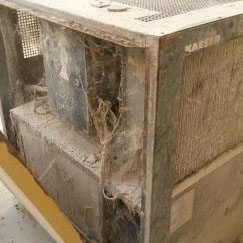 The air compressor room has contaminants such as dust, lubricant aerosols vented from equipment, and moisture. All of these get into the air compressor and get passed on to the rest of the system, and without proper filtration, to the end process. If your plant process creates additional contaminants, like dust in a cement plant, then you may want to look at an alternative location.
The air compressor room has contaminants such as dust, lubricant aerosols vented from equipment, and moisture. All of these get into the air compressor and get passed on to the rest of the system, and without proper filtration, to the end process. If your plant process creates additional contaminants, like dust in a cement plant, then you may want to look at an alternative location.
Classified Areas
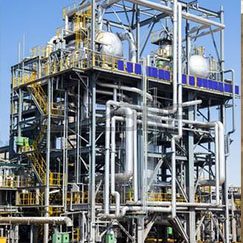 In locations like chemical plants, refineries, or drilling platforms it is common to have areas where there are flammable gases or liquids, combustible dust, or easily ignited fibers.
In locations like chemical plants, refineries, or drilling platforms it is common to have areas where there are flammable gases or liquids, combustible dust, or easily ignited fibers.
If you have any of these conditions in your plant, then consider moving your compressed air system outdoors. You’ll have the potential to increase uptime, reduce maintenance costs, and keep energy efficiency high.
